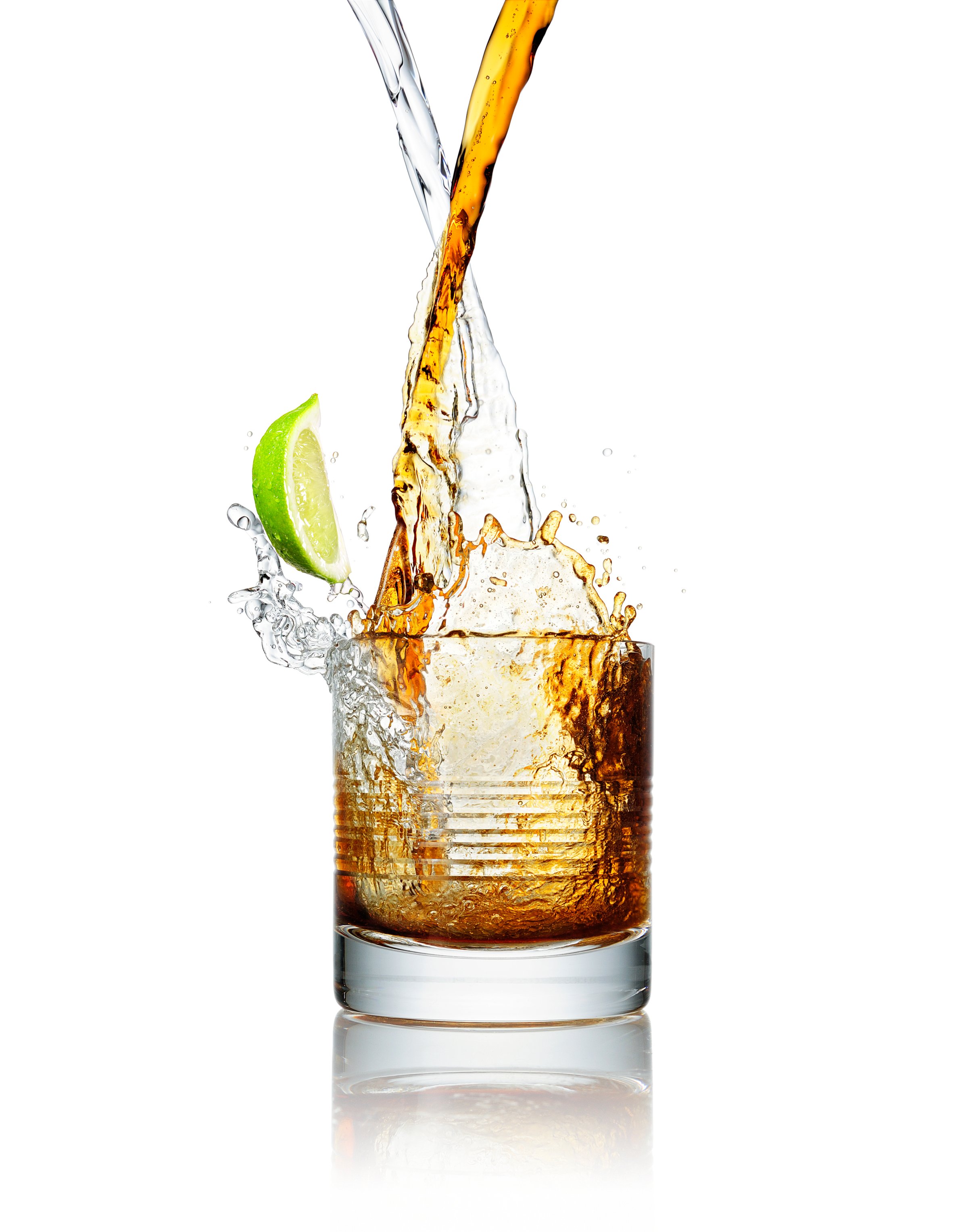
Bacardi is jumping onto the bourbon bandwagon with its acquisition of a premium Kentucky distiller. But the bandwagon it has been riding since 1862 is picking up speed itself: Even as volume sales of rum are expected to decline, dollar sales are expected to grow, according to a new report, thanks mainly to rising interest in premium brands.
Bacardi on Monday announced it would acquire the maker of Angel’s Envy bourbon, giving the fourth-largest spirits maker its first foothold on the bourgeoning American bourbon market. The brand is owned by Angel’s Share Brands and Louisville Distilling Co. Its flagship port-finished bourbon is among the fastest-growing brands in a market that has seen eye-popping growth: total bourbon sales have increased 35% in the United States over the past five years, and 50% worldwide.
Bacardi is late to the party. It owns the staid, mainstream Dewar’s Scotch, and some whisky-based liqueurs, but until now has had no bourbon brands or any American whiskeys of any kind. But the bourbon trend doesn’t seem to be abating, and though Angel’s Envy is expected to move just 65,000 cases this year (not bad for a company launched in 2011), the company is building a new distillery in Louisville to be completed in 2016. That will take capacity to 800,000 cases.
Meanwhile, rum might be the new bourbon, as drinkers worldwide continue to seek out higher-end hooch. While total volume is expected to fall by about 1.7% between this year and 2014, most of that shrinkage will be at the low end of the market, according to a new report from just-drinks/IWSR Insights. Leaving the cheap stuff out of the equation, volumes will increase by more than 5.5 million cases, to 64.5 million, all of it premium priced.
Just as with premium and small-batch bourbons, “aspirational drinkers” are driving these trends. Rum has been somewhat late to the game because it has had to overcome its image as the booze of frat-boy party monsters and Jimmy Buffett fans. But the industry, most definitely including Bacardi itself, has been working to change that image through — and this is a word uttered entirely seriously by industry people — “premiumization.” Bacardi in 2013 vowed to “premiumitize” the whole rum category, with particular attention to premium brands as well as flavored varieties and spiced rums, all of which have seen sales take off over the past couple of years.
Not that rum will necessarily displace bourbon and other craft whiskeys in terms of cultural cachet. But drinkers are bolting for the high end across all categories. Still, rum has its work cut out for it. In 2014, Ed Pilkington, head of global marketing for Diageo’s vodka, rum, and gin brands, declared that rum had “lost its soul,” and had “fallen behind,” thanks to those aforementioned frat boys.
At the same time, rum was taking off in Europe, even as sales were slowing just about everywhere else. Those trends, according to the new report, are now spreading elsewhere, thanks in part to introductions of products like Bacardi’s high-end Gran Reserva Maestro de Ron, as well as flavored rum’s like its Bacardi Mango Fusion.
More Must-Reads from TIME
- Cybersecurity Experts Are Sounding the Alarm on DOGE
- Meet the 2025 Women of the Year
- The Harsh Truth About Disability Inclusion
- Why Do More Young Adults Have Cancer?
- Colman Domingo Leads With Radical Love
- How to Get Better at Doing Things Alone
- Michelle Zauner Stares Down the Darkness
Contact us at letters@time.com